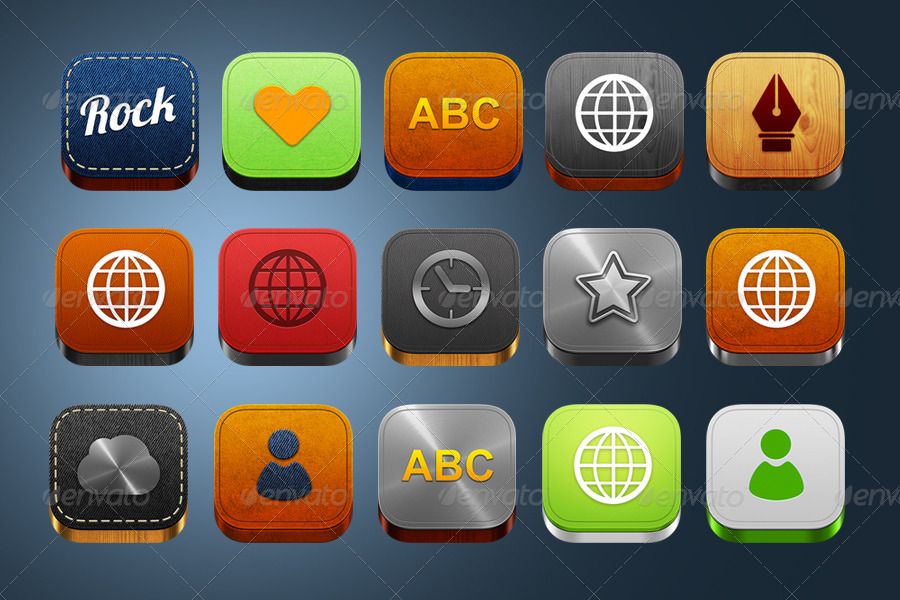
- #App icon generator android install#
- #App icon generator android full#
- #App icon generator android android#
#App icon generator android android#
The app-icon module has also generated Android icons, but currently only supports legacy icons. Legacy icons: traditional Android icons, which render the same on every device.Adaptive icons: supported on Android 8.0 and above, this allows the icon to be rendered differently depending on the device.Android iconsĪndroid icons are split into two distinct sections: iOS automatically adds the rounded corners. Note: iOS icon assets should be square, and do not support transparency.

With the simulator in focus, press Cmd-Shift-h - this should minimise the app and present the iOS home screen, with your app icon in all its glory!
#App icon generator android install#
Note: if you have homebrew, installing imagemagick is as simple as running brew install imagemagick. If you don’t have imagemagick installed, head on over to the download page to grab it.
#App icon generator android full#
An iOS version with a full colour background.The first step is to generate a png file which contains the app icon. React Native automatically assigns the app title according to the name that we used when scaffolding the project, but we must create the app icon ourselves. Both platforms display a list of apps, each represented with an app icon and a title. Mobile apps are launched from the device’s home screen (iOS) or launcher (Android). It’s time to turn our attention to delivering the app to our users, beginning with the app icon. In part 4, we finished the development of our app, adding some polish to the UI. If you haven’t already done so, it’s worth starting from the beginning of the series. Note: this is part 5 of a series of posts, aimed at building a React Native app from the ground up.


 0 kommentar(er)
0 kommentar(er)
